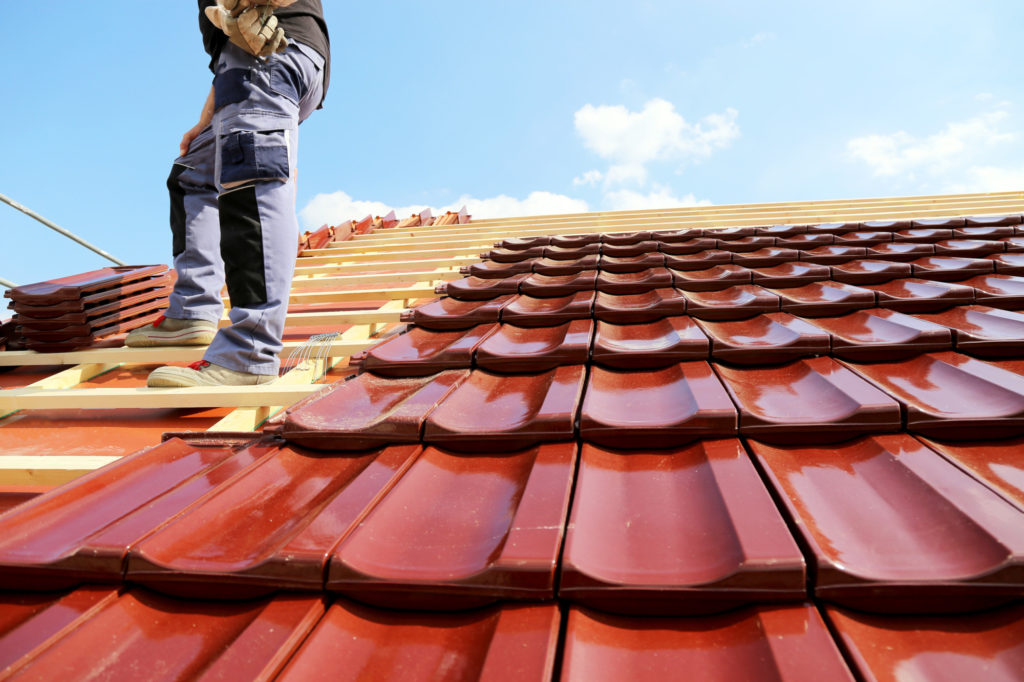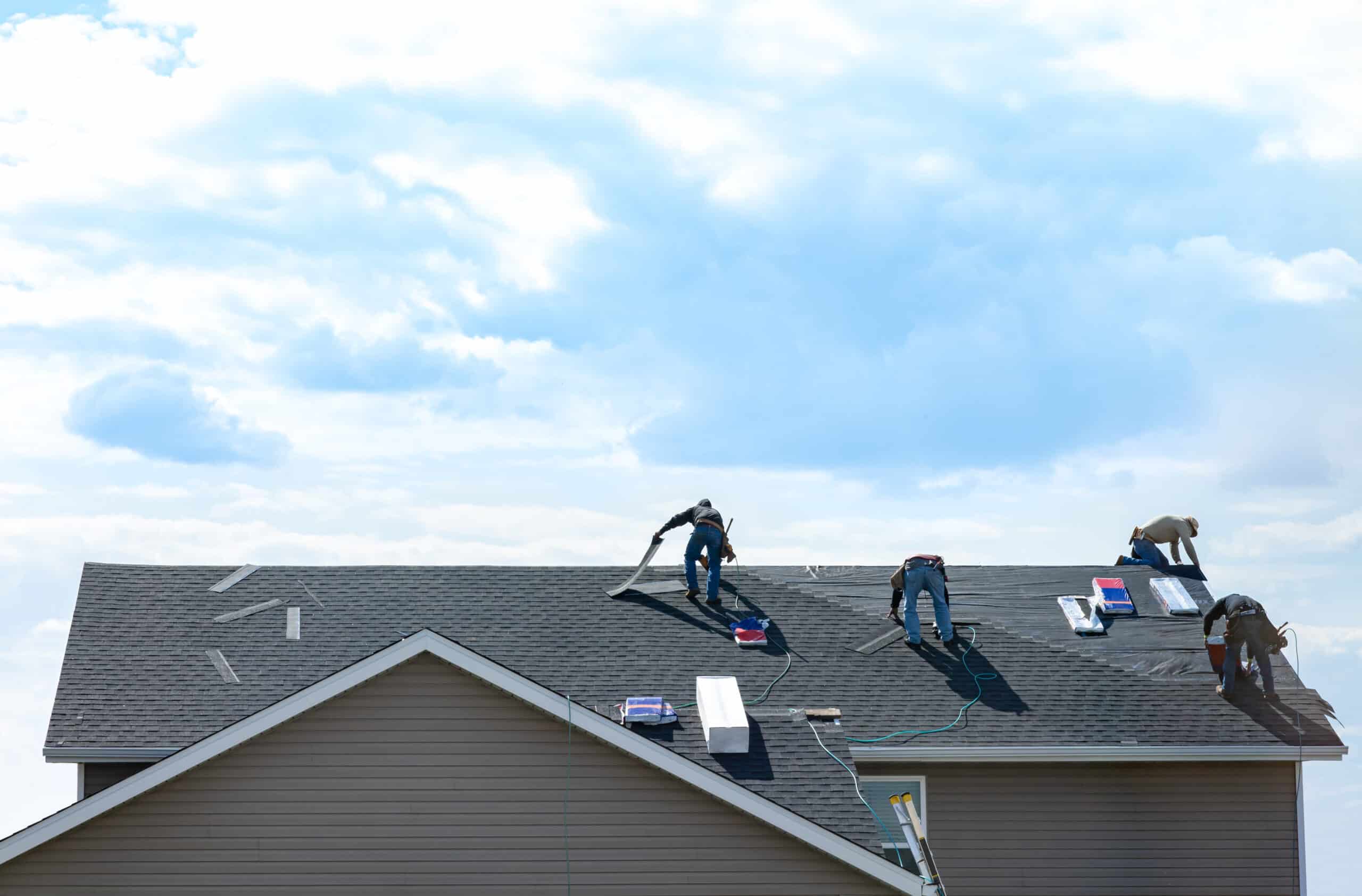Flat Roof Installation in Cuyahoga Falls: Expert Service for Your Property
Flat Roof Installation in Cuyahoga Falls: Expert Service for Your Property
Blog Article
A Comprehensive Overview to Effective Roof Covering Apartment Roof Installation
The ins and outs of flat roofing setup demand a meticulous approach, beginning with a thorough understanding of numerous flat roof covering types and the necessary products needed for ideal performance. A successful installment hinges not only on the option of products yet also on the preparation and execution of each action included in the process.
Understanding Flat Roofing System Kind
When taking into consideration level roofing systems, it is essential to recognize the various types readily available, as each deals distinct benefits and drawbacks customized to certain requirements. The most typical sorts of flat roof coverings include Built-Up Roof (BUR), Modified Bitumen, and Single-Ply membrane layers.
Built-Up Roof contains multiple layers of asphalt and crushed rock, providing outstanding longevity and climate resistance. It is particularly advantageous in locations vulnerable to severe climate condition but may need more upkeep due to its complicated building and construction.
Changed Bitumen is a preferred selection for its simplicity of installation and adaptability. It usually utilizes a torch-applied or self-adhesive method, which can be beneficial for fast repair work and long-lasting performance. Nevertheless, its life expectancy can be much shorter compared to BUR.
Single-Ply membrane layers, consisting of Thermoplastic Olefin (TPO) and Ethylene Propylene Diene Monomer (EPDM), are recognized for their light-weight nature and power efficiency. These products are often preferred for industrial buildings because of their cost-effectiveness and convenience of installment (Cleveland Roofing Specialists). They might not supply the exact same degree of insulation as various other alternatives.
Each roof covering type calls for careful consideration based on climate, budget plan, and certain project requirements.
Vital Products for Flat Roofing
A variety of important materials are important for the effective setup of level roof. The choice of materials straight influences resilience, performance, and total effectiveness.
One of the main materials is the roof membrane, which can be created from different compounds such as thermoplastic polyolefin (TPO), ethylene propylene diene monomer (EPDM), or PVC. Each type uses special advantages, consisting of UV resistance and versatility, which are essential for prolonged performance.
In addition to the membrane, insulation products play a substantial function in power performance. Rigid foam boards or polyisocyanurate insulation are preferred choices, as they supply exceptional thermal resistance and wetness monitoring.
Moreover, roofing adhesives and sealants are vital for making certain a water tight installment. These products must be compatible with the selected membrane layer to avoid deterioration in time.
Preparing for Installation
Appropriate prep work is important for an effective flat roof installation, as it lays the foundation for a durable and effective roof. Begin by performing a complete assessment of the existing roofing structure. Search for indicators of damage, including leakages, rot, or inadequate drainage, which could jeopardize the brand-new roof covering system. Make sure that the underlying materials are sound and can sustain the weight of the new roof covering elements.
Following, gather all necessary tools and products, ensuring that they meet industry criteria. This includes water-proof membrane layers, insulation, flashing, and bolts. Acquaint yourself with the producer's requirements, as adherence to these guidelines is crucial for service warranty objectives.
Furthermore, make certain that the workspace is clear of debris and obstructions to help with efficient and secure installation. Consider weather conditions; avoid installment throughout hefty rainfall or severe temperature levels, which can influence product performance. Lastly, educate any kind of residents of the structure about the forthcoming work to ensure safety and reduce interruptions. By taking these primary steps, you can improve the likelihood of a successful flat roof covering setup that meets both visual and structural requirements.
Step-by-Step Installment Process
With the groundwork developed with extensive prep work, the next phase includes carrying out the level roof covering installment methodically. This action is vital for maintaining the roof covering's stability over time.
Following the vapor obstacle installment, set insulation boards, guaranteeing they fit firmly together to reduce thermal linking. Secure the insulation with ideal fasteners based on the roofing system type and regional building regulations. When the insulation remains in location, it's time to use the roof covering membrane layer. Depending on the chosen product-- such as TPO, EPDM, or modified asphalts-- mount the membrane according to the manufacturer's specifications.
Make certain appropriate overlap at joints and sides to develop a water tight seal. Utilize adhesives, mechanical fasteners, or warmth welding as needed. Ultimately, install flashing around borders, vents, and any roofing penetrations to improve waterproofing. After setup, carry out a thorough evaluation to identify any potential concerns prior to ending the project, making sure a robust and reputable flat roof system.
Upkeep Tips for Durability
Routine maintenance is important to guarantee the durability and efficiency of a level roof. One of the key tasks is to perform regular inspections at least two times a year, preferably in spring and fall. Throughout these examinations, search for signs of wear, such as sores, splits, or pooling water, which can show underlying concerns.

Making sure appropriate drain is important to stop water accumulation. Inspect and clear rain gutters, downspouts, and scuppers to assure unhampered water flow. Additionally, examine seals around vents, skylights, and various other penetrations for any type of indicators of deterioration, using caulk or sealer as required to maintain a watertight obstacle.
Finally, think about expert maintenance services every few years for comprehensive inspections and fixings. By adhering to these upkeep ideas, you can significantly prolong the life of your level roof covering, ensuring it continues to be a reliable shield versus the aspects.
Verdict
Effective flat roofing system setup requires a methodical technique incorporating comprehensive evaluations, material selection, and precise prep work. Sticking to the outlined actions during the installment process makes Extra resources sure the appropriate application of roofing membrane layers and insulation while boosting waterproofing with effective flashing installment. Furthermore, applying regular maintenance practices substantially adds to the longevity of the roof. By adhering to these guidelines, a reliable and resilient More Info level roof solution can be accomplished, with the ability of standing up to various ecological conditions.
The intricacies of level roofing installment demand a thorough strategy, beginning with an extensive understanding of different flat roof covering types and the necessary materials needed for optimal efficiency.Appropriate prep work is essential for an effective level roofing system installment, as it lays the foundation for a effective and resilient roof system. After installation, carry out a thorough evaluation to identify any kind of possible concerns before wrapping up the task, guaranteeing a trustworthy and durable flat roof system.

Report this page